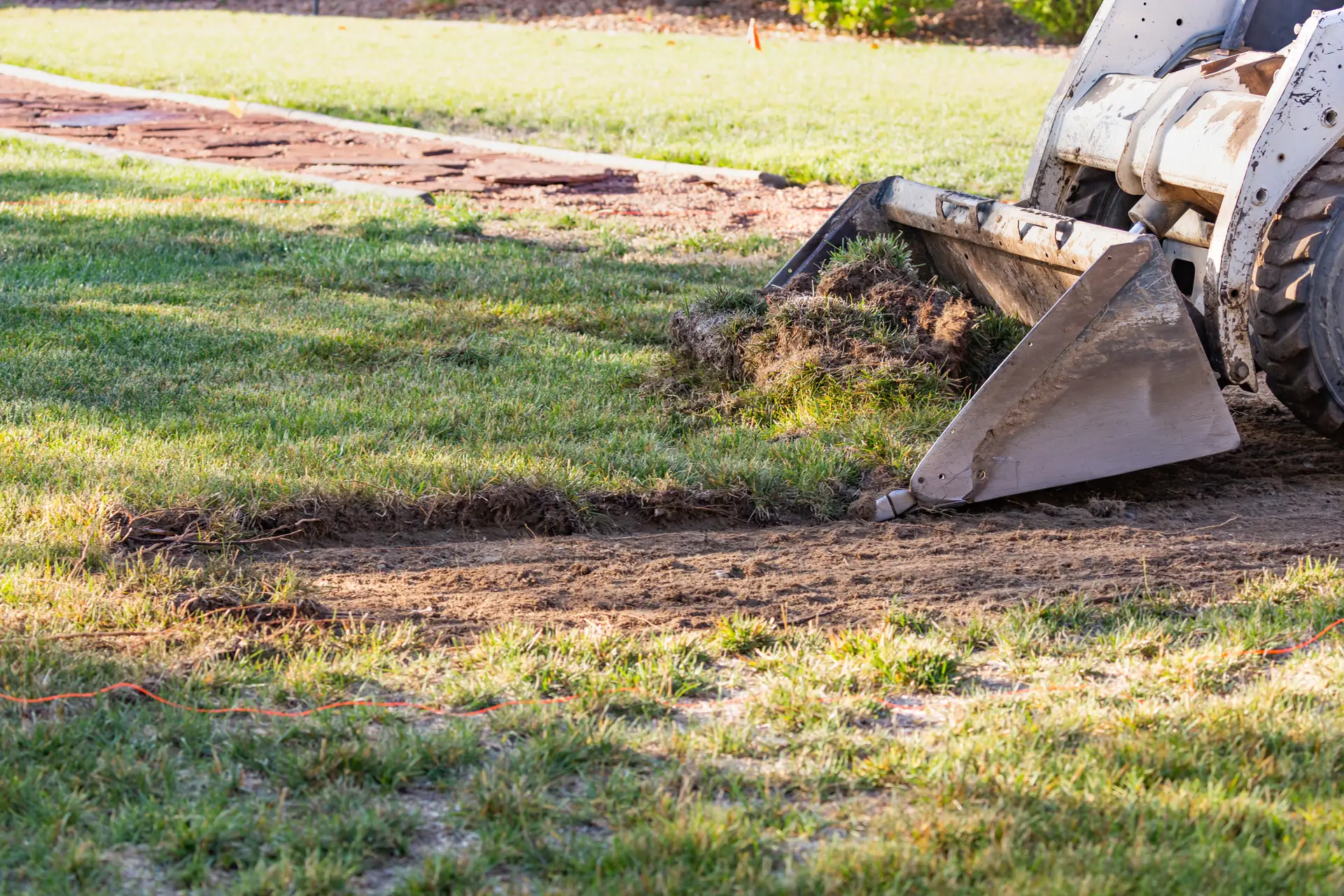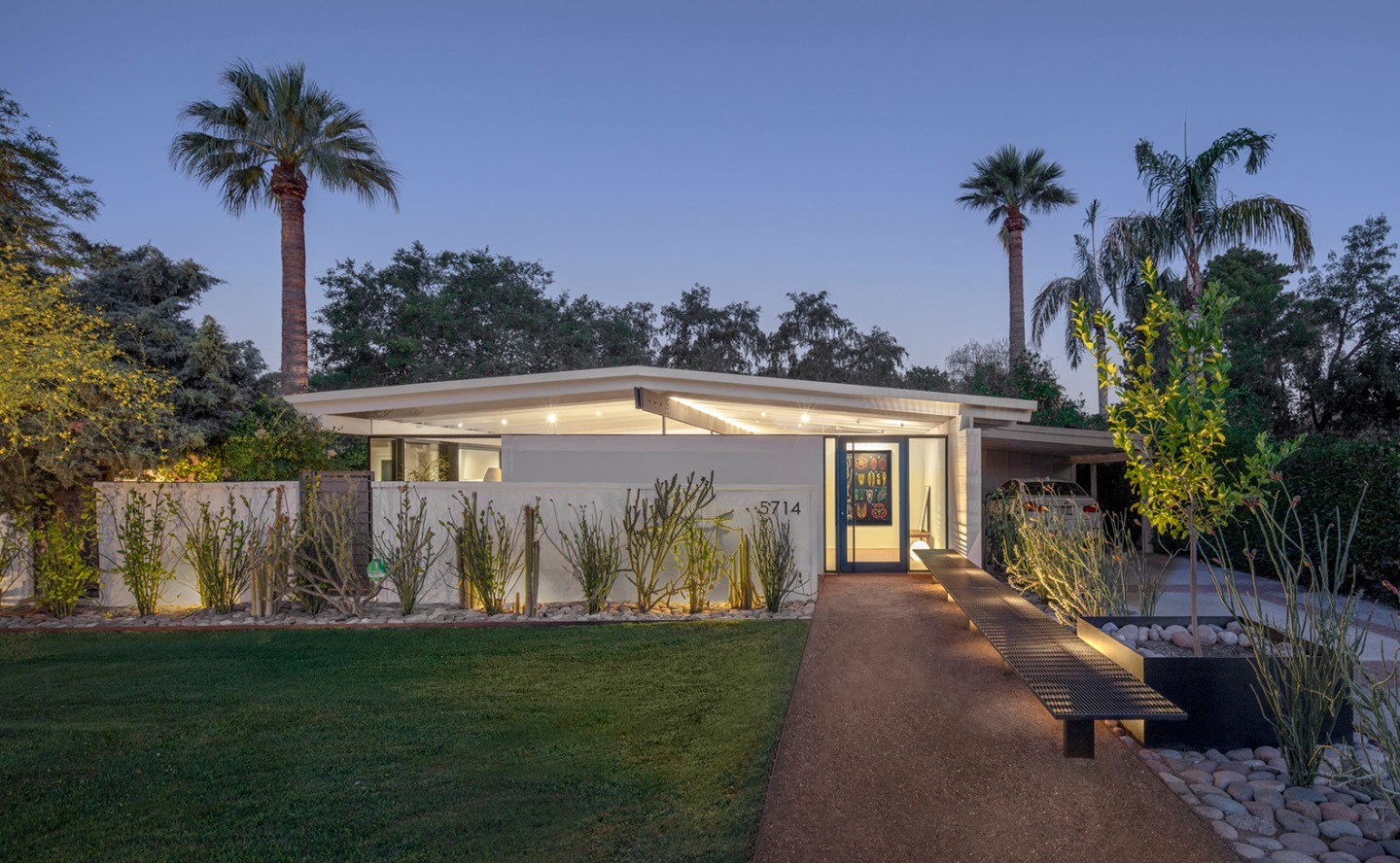Reducing the cost of land grading is a crucial consideration for any construction or landscaping project, as it directly impacts the overall budget and timeline of a project.
Land grading, the process of leveling and reshaping the ground surface, is essential for ensuring proper drainage, stability, and usability of the site.
However, there are several strategies and techniques that can be employed to minimize the expenses associated with this essential step.
By carefully planning and implementing cost-effective approaches, such as optimizing equipment usage, leveraging natural contours, and prioritizing efficiency, it is possible to achieve the desired grading outcomes while keeping expenses under control.
This article explores various methods to effectively reduce the cost of land grading, offering insights and practical tips for homeowners, designers, contractors, and property owners alike.
What is Land Grading?

Land grading is the process of reshaping land or topography to improve its usability or fit the purpose for which it’s being used.
One of the primary reasons homeowners get their property graded is to improve water drainage and prevent damage to their homes from flooding or groundwater accumulation.
Uneven land prevents proper water drainage, which can lead to water pooling around a home’s foundation and cause cracks in the structure. A professional landscaping or land grading company can reshape the surface angle of your property to ensure that water flows where it should, including away from your foundation.
If your landscape is uneven or your property has a lot of pools of water, these are telltale signs that it needs to be re-graded. A professional landscaper can help you level the land and sculpt it into a usable space that’s easier to work with in outdoor projects.
Land grading can also be done to create slopes that guide rainwater away from structures. It is a common practice in agriculture, where it helps optimize water distribution and minimize ponding. It is also used in construction to create a level surface for building or other structures, but requires to be performed by using heavy equipment such as bulldozers and excavators.
Land grading can be expensive, depending on the size of the project and the materials needed. The amount of soil needed for the grading project can increase the cost, as well as other materials like plants, rocks, and drainage system parts. Larger projects will require more equipment and may take longer to complete than smaller ones.
How Much Does Land Grading Cost?

The cost of land grading can vary depending on the size and scope of the project. The grading process may include digging and hauling dirt, leveling slopes, and filling low spots. It can also involve preparing a construction site for foundation building, which can be time-consuming and labor intensive.
Various factors such as the size and complexity of the site, the current condition of the land, accessibility, labor costs, equipment required, and geographic location all factor in the cost of land grading.
On average, land grading can cost anywhere from few hundred to several thousand dollars just to land grade, but doesn’t account for hauling fees, topsoil and other materials.
For smaller projects or simple grading tasks, such as leveling a backyard or driveway, costs may be lower. However, larger-scale projects, such as grading for commercial developments or extensive landscaping projects, can incur higher costs due to increased labor, equipment, and material requirements.
It’s important to obtain multiple quotes from reputable grading contractors and thoroughly discuss the scope of work to ensure accurate pricing. Additionally, factors such as soil type, existing vegetation, drainage needs, and any additional site preparation requirements can also influence the overall cost of land grading.
Why is Land Grading So Expensive?

Land grading is expensive because it requires many steps, here are several factors as to why land grading is so expensive:
Labor Costs: Skilled labor is required to operate heavy equipment such as bulldozers, graders, and excavators to properly grade the land. The cost of skilled operators can significantly contribute to the overall expense.
Equipment Costs: The machinery needed for land grading, including bulldozers, graders, and excavators, is expensive to purchase, maintain, and operate. Fuel, maintenance, and depreciation costs for these heavy equipment pieces add to the overall expense.
Complexity of the Site: The complexity of the terrain and the extent of grading required can greatly affect the cost. Sites with steep slopes, rocky terrain, or existing structures may require more time, effort, and specialized equipment to grade properly, leading to higher expenses.
Material Costs: Depending on the project requirements, additional materials such as fill dirt, gravel, or topsoil may be needed to achieve the desired grading outcomes. The cost of sourcing and transporting these materials can add to the overall expense.
Permitting and Regulations: Obtaining necessary permits and complying with local regulations can also contribute to the overall cost of land grading. Permit fees, environmental assessments, and compliance with zoning requirements may incur additional expenses.
Accessibility: The accessibility of the site can impact costs. Sites that are difficult to access or located in remote areas may require additional time and resources for transportation of equipment and materials, leading to increased expenses.
Time and Planning: Proper planning and execution of the grading project are essential for achieving desired results efficiently. Time spent on planning, surveying, and engineering can add to the overall cost but is crucial for ensuring the success of the project and avoiding costly mistakes.
SHOP LANDSCAPE ARCHITECTURE BOOKS
How to Reduce Land Grading?

The best way to reduce land grading costs is to have a topographic survey of the property before starting any construction. This will help you identify any potential problems and provide a more accurate plan for your project. Moreover, it will also save you time and money in the long run.
Additionally as an alternative approach, incorporating sustainable landscaping practices can reduce the cost of land grading.
For example, in areas where drainage is poor, an eco-friendly solution can be to plant rain gardens, bioswales, and permeable paving to manage stormwater runoff effectively without extensive grading. Utilize native vegetation and low-impact development techniques to minimize the need for grading and irrigation.
For “DIY” cases, it’s best to order a little bit more dirt than what you think you need. This will give you the flexibility to address any unforeseen challenges that arise during the project. This is particularly important for larger projects, such as residential and commercial construction. Having extra dirt on hand will also help you avoid expensive delays and keep the project on schedule.
ENROLL IN ONLINE COURSES FOR LANDSCAPE
Where to Place Homes to Reduce the Cost of Land Grading?

To reduce the need for extensive land grading when placing homes, it’s important to consider the natural topography and features of the site.
Here are some tips for strategically placing homes to minimize grading:
- Work with the Natural Slope: Whenever possible, position homes along the natural contours of the land to minimize the need for extensive grading. Situating homes on gentle slopes or flat areas can reduce the amount of earthwork required.
- Avoid Steep Slopes: Steer clear of steep slopes or areas with significant elevation changes, as grading these areas can be costly and challenging. Opt for locations with more gradual slopes to minimize the need for extensive excavation and grading.
- Utilize Existing Clearings: Look for existing clearings or flat areas within the landscape where homes can be placed with minimal grading. These areas may already be suitable for construction, reducing the need for extensive earthwork.
- Consider Orientation: Orient homes to take advantage of natural sunlight, prevailing winds, and views while minimizing the need for grading. Properly orienting homes can enhance energy efficiency and comfort while reducing the impact on the landscape.
- Preserve Natural Features: Prioritize the preservation of valuable natural features such as mature trees, water bodies, and sensitive habitats when siting homes. Design homes to coexist harmoniously with these features, minimizing disturbance and grading.
- Cluster Homes: Consider clustering homes together in a compact layout rather than spreading them out across the site. Clustering homes reduces the total area requiring grading and infrastructure, minimizing costs and environmental impact.
- Flexible Design: Adopt a flexible approach to home design that can accommodate variations in the landscape. Choose modular or customizable home designs that can be adapted to fit the contours of the land without extensive grading.
Land grading is a key element in constructing residential and commercial properties. To reduce costs and streamline the process, plat of surveys and adequate existing site information is critical before beginning construction.




















